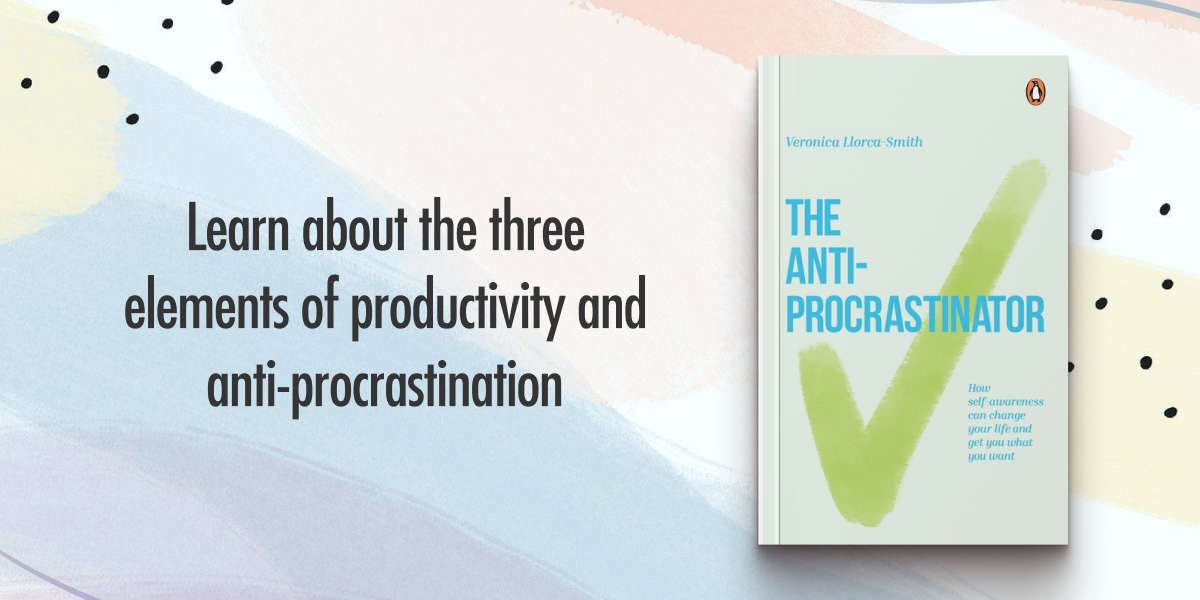
Unlike most productivity books, The Anti-Procrastinator is not a prescriptive roadmap to being more efficient in life. Instead, it will guide you to create your own manual to get things done through the power of self-awareness.
***
After analysing the multiple responses and insights, I noticed three elements were present across the board and kept recurring again and again, like a common denominator of productivity and anti-procrastination: self-awareness, proactivity, and processes.
Self-Awareness
The anti-procrastinators I interviewed were highly self-aware. They knew exactly what worked for them, what didn’t, and their weaknesses and blind spots. As if they were going through a procrastination X-ray, they were able to articulate what they needed to do to make things happen and what their enemies and distractions were. There was no hesitation, and they knew how to tackle the frog—and eat it. They also knew that they had to continuously audit themselves to see what was not working and make adjustments. There was always room to improve, and they were always on the lookout for blind spots.
Proactivity
This group of individuals was decisive and in control, thinking and behaving proactively. They were constantly thinking ahead, foreseeing and planning rather than reacting to external factors and circumstances. They had a plan B in case plan A didn’t work; they packed an umbrella in the bag in case they got caught in the rain. In fact, they didn’t talk about fighting procrastination as much as they talked about preventing it, being two steps ahead, and setting themselves up for success from the first hours of the day. They were not fighting fires; they were preventing them.
Flexible Processes
The anti-procrastinators all had processes, both formal and informal, and there was structure and discipline in the way they approached tasks. Each individual had their own personal recipe developed through trial, error, and iteration. Most workdays looked similar, although not strictly identical, and were pre-planned rather than left to serendipity and inspiration. None of them highlighted motivation as a key driver, but they did emphasize having their own tools and rituals, such as morning and evening routines, calendars, to-do lists, and systems to plan, execute, and measure work. Productivity was calculated and premeditated rather than left to the mercy of goodwill and positive intention.
***
Whether you want to learn a new language, run a marathon, learn a new skill, or launch a business, The Anti-Procrastinator will show you that it’s possible, but it starts and ends with you. Self-awareness is the name of the game. Get your copy to learn more.








